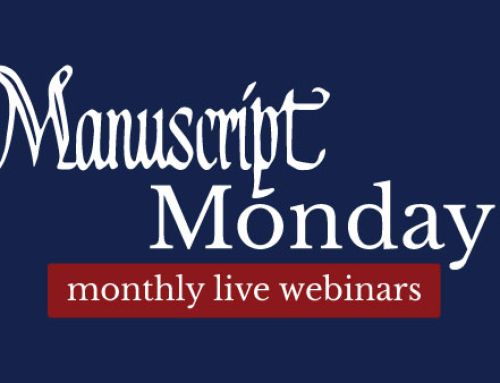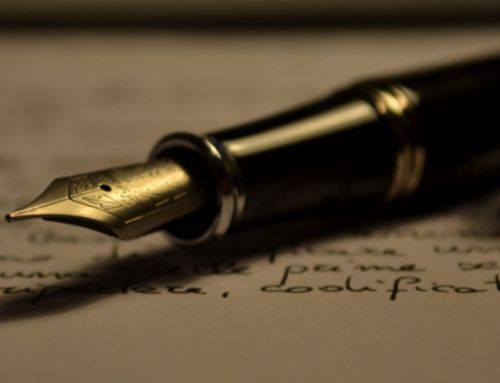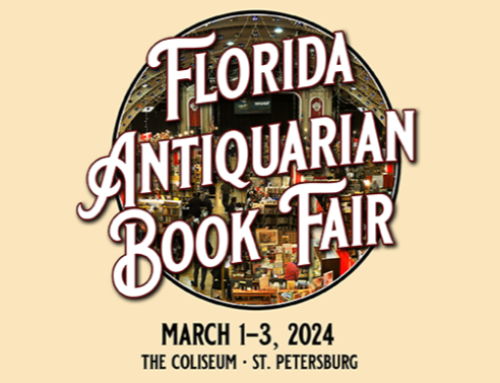Across the world of manuscripts, the map is dotted with places waiting to be explored. Many are members of the Manuscript Society. Take a road trip—armchair or otherwise—to visit these venues and discover the wonders within.
The next time you are in (or near) Louisville, Kentucky visit the Filson Historical Society, named after John Filson, the first historian of Kentucky. The Filson is headquartered in the Ferguson Mansion, a superb example of Beaux-Arts architecture. Allen Ottens, chair of the Society’s Publications Committee, had the pleasure of interviewing Jim Holmberg, the Filson’s curator of collections, who shared some of the many reasons to visit.
What items does the Filson possess that are of particular interest to Manuscript Society members?
Since its founding in 1884, the Filson has been collecting and preserving historical material—manuscripts, photos, rare books, prints, portraits, maps—about Kentucky and the Ohio Valley. Some of our “treasures” include George Rogers Clark’s letter to George Mason in November 1779, reporting on his famed Illinois Campaign; six letters of his brother William Clark to their brother Jonathan, written during the Lewis & Clark Expedition; and John Filson’s famous map of Kentucky, as well as several editions of his famed history text. We also maintain the finest collection of pioneer, antebellum, and Civil War manuscripts in Kentucky.
What is the main focus of your collection?
Our collection’s main focus is to tell the significant stories of Kentucky and the Ohio Valley region. In the 133 years of the Filson’s existence, those stories come alive through 2 million manuscripts, 100,000 photographs and prints, 50,000 books and pamphlets, 600 works of art—including the largest antebellum portrait collection in Kentucky—and more.
What are current or upcoming exhibitions or display items?
The Filson has three galleries with rotating exhibits. In late January we open two new exhibits, one devoted to recent acquisitions across all collection mediums and the other to Camp Zachary Taylor, a World War I installation in Louisville. An exhibit of R. C. Ballard Thruston’s photographs is in our Owsley Brown II History Center building. The photos were taken while Ballard was an engineer and geologist in eastern Kentucky in the late 19th and early 20th centuries.
Do you have any recently acquired objects, documents, or collections of note?
A few of our most recent include a presidential autograph collection; an 1879 interview with a relative of Simon Kenton about that famous Ohio and Kentucky frontiersman; several Civil War soldiers’ letters, with excellent content, written in Kentucky and Tennessee; and a portrait of Robert Wickliffe by Matthew H. Jouett.
Do you engage in any educational programs? School outreach?
We provide daily tours and maintain an active programming schedule for members, the public, and participating schools. The Filson’s Gertrude Polk Brown Lecture Series brings in a nationally known author twice a year. Lectures focus primarily on a Kentuckian or aspect of Kentucky history.
What venues are nearby that would interest Manuscript Society members?
The Speed Art Museum is just down the street, and the Kentucky Derby Museum not much farther. The Frazier History Museum, Louisville Slugger Museum, Muhammad Ali Center, Sons of the American Revolution Museum and Library, and Kentucky Museum of Arts and Crafts are all on a stretch of several blocks on West Main Street. Several historic homes are worth a visit, including Historic Locust Grove, where George Rogers Clark lived his last nine years, and Farmington Plantation, where Abraham Lincoln spent several weeks visiting his good friend Joshua Fry Speed. Across the river in New Albany, Ohio, is the Carnegie Center for Art and History.
Whom at the Filson would a Manuscript Society member contact in advance to possibly view a special item or just to say hello?
I’d be the primary contact for a Manuscript Society member. My email is holmberg@filsonhistorical.org. If I’m unavailable, someone in the collections department should be. That email is research@filsonhistorical.org.




Leave A Comment